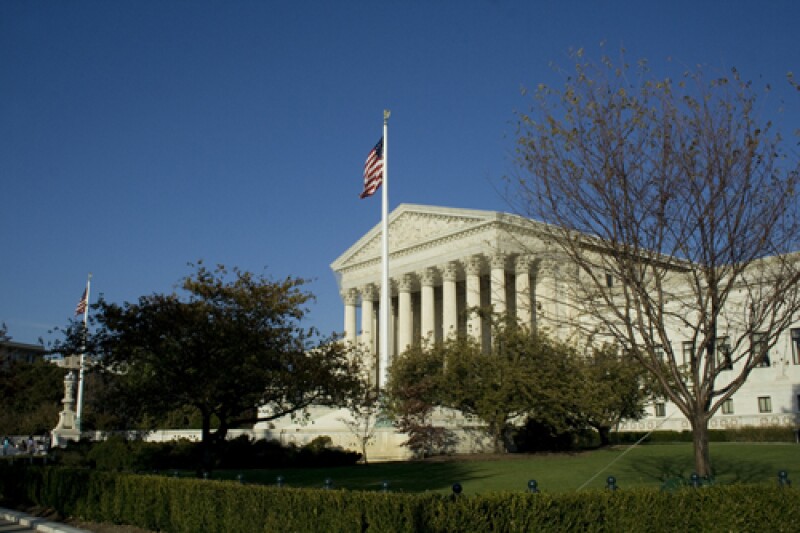
Ultramercial this week petitioned the Supreme Court for a writ of certiorari in its long-running patent case.
The company argues that the Federal Circuit is divided on the issue of Section 101 as a result of its rulings in Ultramercial v Hulu, which invalidated the patent in suit, and DDR Holding v Hotels.com, which found the patent in suit valid.
After twice finding the claims at issue in the Ultramercial case patent-eligible, the Federal Circuit in its November decision found them to be ineligible in light of Alice.
Ultramercial argues that any clarity brought to Section 101 jurisprudence after Alice has been shattered by the two Federal Circuit decisions. The company says that its claims are similar to those in DDR and thus the Federal Circuit is just as divided as it was before Alice.
It is unlikely the Supreme Court will take up the case, as suggested by a Patently-O blog post titled “Ultramercial Shoots for the Moon”.
However, as the Patent Docs blog noted, the consequences could be very big if it does.
“If the Court does review this case, software patentees may become uneasy,” wrote McDonnell Boehnen Hulbert & Berghoff associate Michael Borella on the Patent Docs blog. “For instance, the Court might decide that the claims of Ultramercial and DDR rise or fall together. As DDR is the only post-Alice § 101 case reviewed by the Federal Circuit that has found claims to be patent-eligible, it is a valuable data point for applicants and patentees. Losing this data point would deepen the mystery of what claims incorporating an abstract idea need to recite in order to be patentable.”









